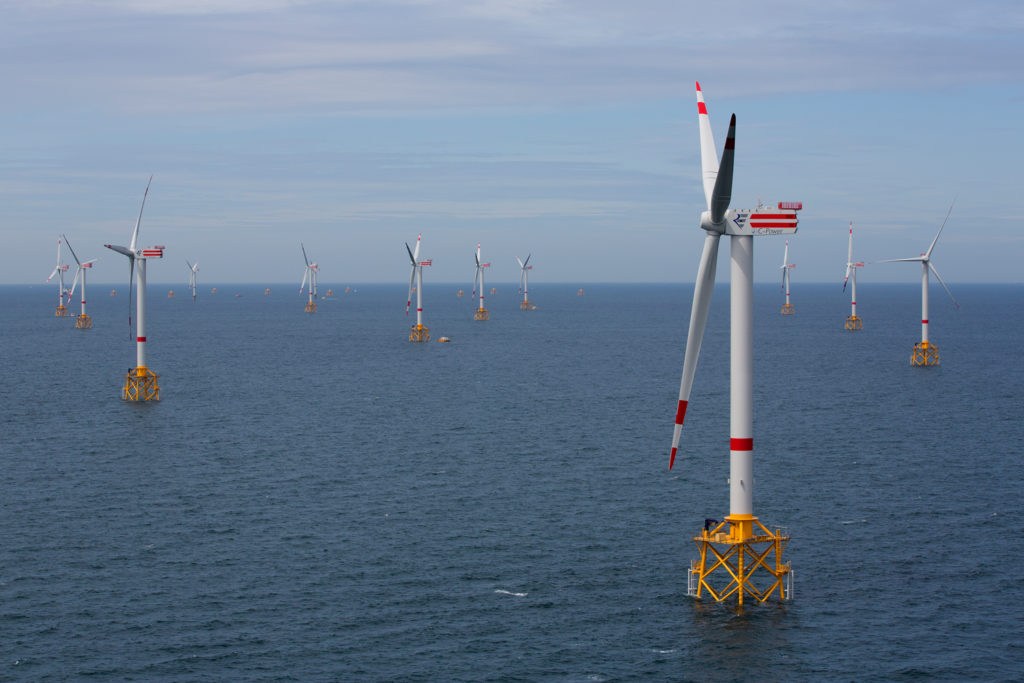The year 2020 was a good year for wind and solar power generation, with output up by 31% compared with 2019, according to electricity grid manager Elia.
Renewable energy from onshore and offshore wind production, together with solar power, accounted for 18.6% of the total electricity generation mix, a new record – up from 11.5 terawatt-hours (TWh) in 2019 to 15.1 TWh in 2020.
The weather had a large role to play, Elia said in a statement, with good weather leading to more solar power in the summer, and strong winds in the winter generating more wind power.
Generation figures show a high in 2019 of 504 gigawatt-hours in the month of June. In 2020, on the other hand, that figure was exceeded in all months from April to July inclusive, while the top month in May saw generation of 683 gigawatt-hours.
Taking wind and solar together, 2020 saw green energy exceeding 50% of total energy production during a total of 119 hours. That compares to zero hours in 2o18, and only eight hours in 2019.
Meanwhile, as renewable energy took up a larger than ever share of total electricity production, nuclear power claimed less of a share – 39.1% of the total, compared to 48.7% in 2019. That was the result, Elia said, of a number of scheduled and unscheduled maintenance shut-downs.
Comparing electricity imports and exports, 2020 was virtually neutral, with no net imports and only a tiny amount of net exports. In that respect, 2020 went against the tendency for imports to be higher when nuclear production is low. The change is a result of two factors: higher output of renewables, and measures taken to curb the spread of Covid-19, including lockdowns in March and in November.
“Total consumption in 2020 was lower than in other years, standing at 81 TWh, 7% below the average for the previous five years. At the height of the lockdown during the first wave, consumption was 25% below normal at certain times of day,” Elia explains.
“In August, consumption was sometimes back up to, and even above, the average for the previous five years, mainly due to the heatwave. It should be remembered that load is heavily weather-dependent, making it difficult to say exactly how much of the decrease was due to the pandemic. 2020 was warmer on average than the previous five years, and this may account for part of the decline in power consumption.”
Alan Hope
The Brussels Times

